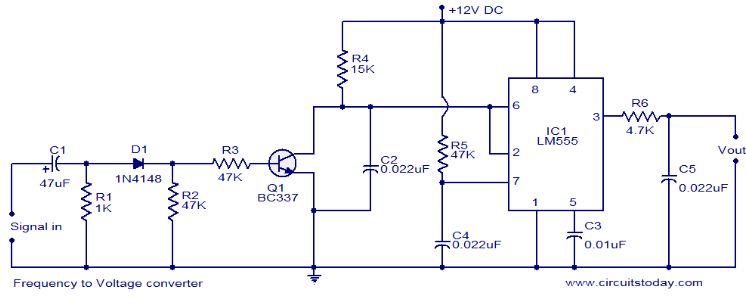Frequency converter is mainly composed of rectifier (AC to DC), filter, frequency converter (DC to AC), braking unit, driving unit, detection unit microprocessor unit and so on.
Frequency converter rely on the internal IGBT on and off to adjust the output power supply voltage and frequency, according to the actual needs of the motor to provide the required power supply voltage, and thus achieve the purpose of energy saving, speed regulation.
In addition, the frequency converter also has a lot of protection functions, such as over-current, over-voltage, overload protection and so on.
With the continuous improvement of the degree of industrial automation, frequency converter has also been widely used.

Advantages and characteristics of frequency converter
Significant energy saving effect: frequency converter can significantly reduce energy consumption by adjusting the motor speed and output power. Especially in fans, pumps and other occasions with large load changes, the energy saving effect is more significant.
Wide speed range: the speed range of general-purpose frequency converter can reach more than 1:10, and the speed range of high-performance vector-type frequency converter can reach 1:1000, which makes the frequency converter able to meet the needs of different occasions of speed regulation.
Starting current is small: when the motor is started directly by industrial frequency power supply, the starting current is 4 to 7 times of the rated current.
When using frequency converter to regulate speed, it can start from zero speed and zero voltage, and accelerate according to the law of slope function, thus limiting the starting current of the motor and prolonging the service life of the motor.
Perfect protection function: the frequency converter has various protection functions such as over-current, over-voltage, overload, etc., which can shut down the motor in time to protect it when there is abnormality, avoiding the damage of equipment and the occurrence of safety accidents.

The working principle of frequency converter
The working principle of frequency converter can be simply summarized as “AC - DC - AC” conversion process, also known as AC-DC frequency conversion. Specifically, it will first be the input frequency AC power through the rectifier circuit is converted to DC power, and then the DC power filtering process to smooth the voltage fluctuations. Finally, the DC power supply is then converted into an AC power supply with adjustable frequency and voltage through an frequency converter circuit, which is supplied to the motor.
In this process, power semiconductor devices such as IGBTs (insulated gate bipolar transistors) inside the frequency converter play a key role. They adjust the voltage and frequency of the output power supply through on-off operations, thus realizing precise control of the motor.






